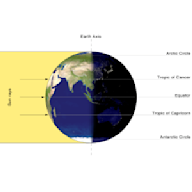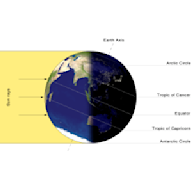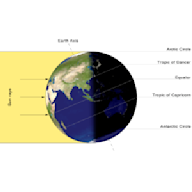Search results
The March equinox[ 7 ][ 8 ] or northward equinox[ 9 ] is the equinox on the Earth when the subsolar point appears to leave the Southern Hemisphere and cross the celestial equator, heading northward as seen from Earth.
Learn when and why the March equinox happens, and how it marks the start of spring in the Northern Hemisphere. Find out the date, time, and location of the equinox, and explore its history and significance.
Learn about the March equinox, when the sun crosses the celestial equator and brings spring to the Northern Hemisphere. Find out how the equinox affects day and night, sunrise and sunset, and more.
Learn about the date, time, and significance of the March equinox, when day and night are almost equal around the world. Discover facts, experiments, and cultural celebrations related to this astronomical event.
Apr 1, 2024 · Learn what the spring equinox is, when it occurs in the Northern and Southern Hemispheres, and why it is not an equal day and night. Find out the facts and myths about this astronomical event and how to celebrate it.
Learn why the March equinox can fall on different dates depending on the year and location. Find out the exact times and dates of the March equinox in UTC and other time zones from 2020 to 2030.
Sep 4, 2024 · Key Points. Definition and Occurrence: An equinox occurs twice a year, around March 20 and September 23, when the Earth’s equator passes directly under the Sun. Day and Night Length: While day and night are very nearly equal, daytime is slightly longer than nighttime at the equinox.





